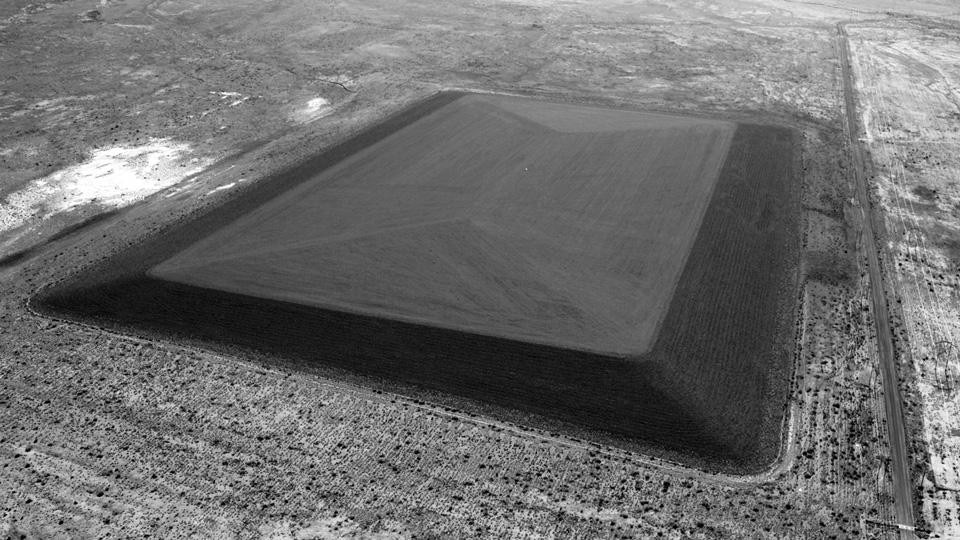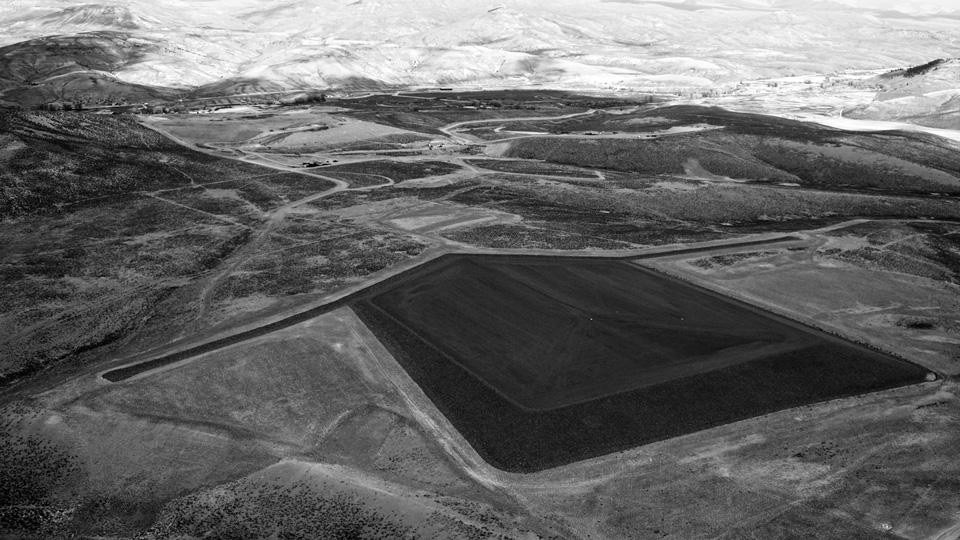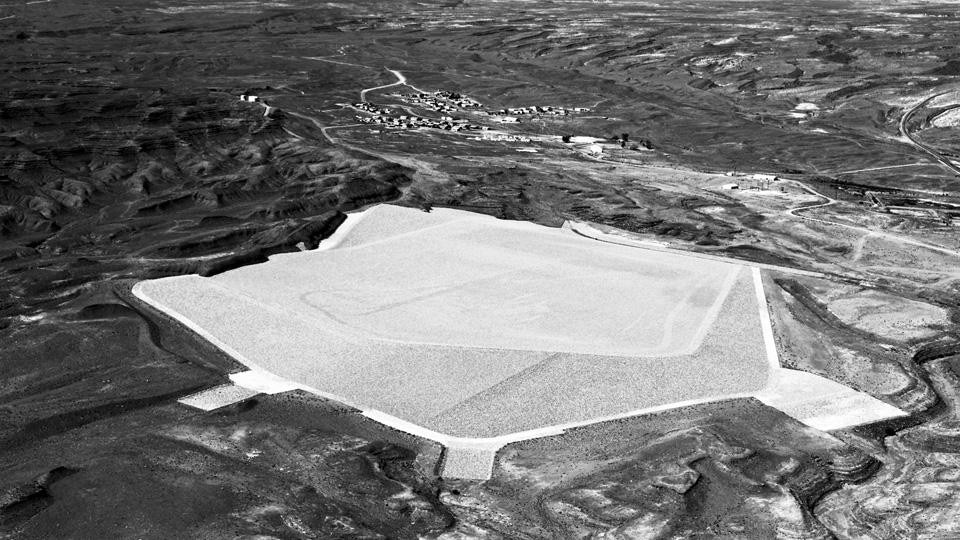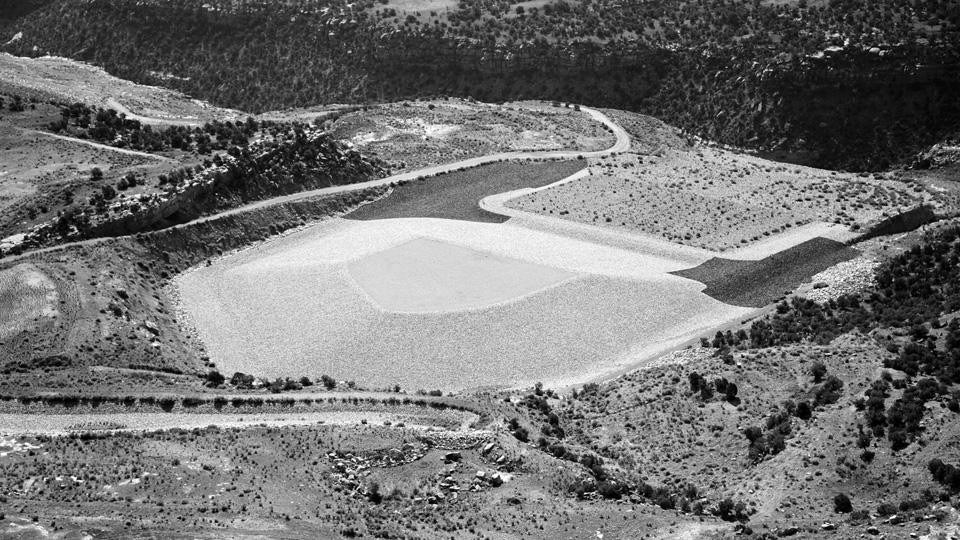Careful to leave the "editorializing" up to the viewer, Perpetual Architecture is a terse show. What few words it offers ring as bare as the visuals. A brief introductory text hangs alongside the images, for example, describing the disposal cells as "tombs for the remains of uranium mill buildings and tailings, bulldozed into engineered enclosures constructed to limit contact with their surroundings for a thousand years." Later, the text's hard conclusion reads like the best of contemporary poetry: "Up to 1,300 square metres in size, they resemble pyramids, ziggurats, or relics from a geometrical mound-building culture. Like the ancient tombs of Egypt, they are meant to be disconnected from the contemporary world, kept inert and intact for as much of forever as possible. They are non-places—isolated from the present, designed and destined for the future."


This is a show that goes beyond our corporal and present existences, and into "as much of forever as possible"

Through 30 September 2012
Perpetual Architecture: Uranium Disposal Cells of America
Center For Land Use Interpretation
Los Angeles


